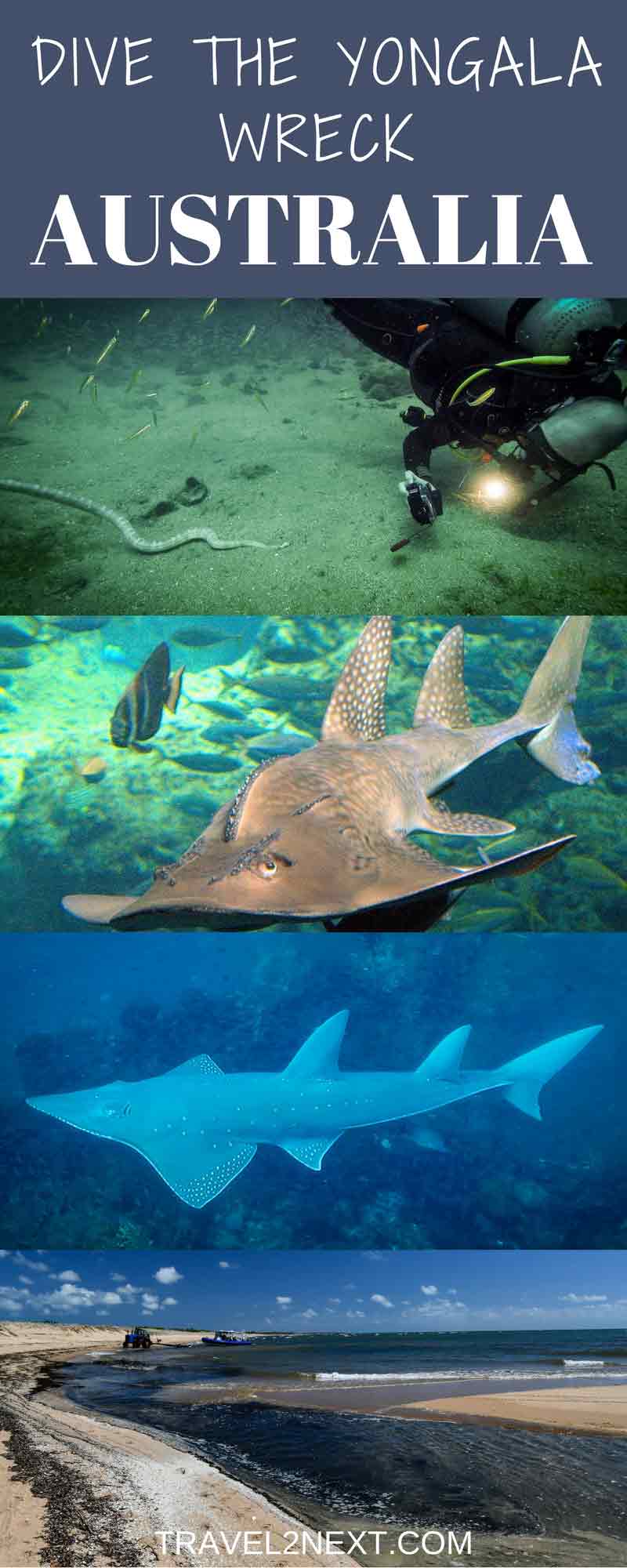If you’re a keen diver, the Yongala dive in Queensland is a diving adventure you won’t want to miss.
It was 6 pm on the 23 March 1911. The weather worsened as the 3664-ton steamer, the SS Yongala, travelling to Townsville unknowingly headed into a cyclone as it passed the lighthouse on Dent Island in the Whitsunday Passage.
With no radio on board, it was the last anyone saw of her and her 48 passengers and 74 crew. All perished on that fateful journey from Mackay as the 110m long ship sank. 46 nautical miles east-south-east of Townsville.
Yongala
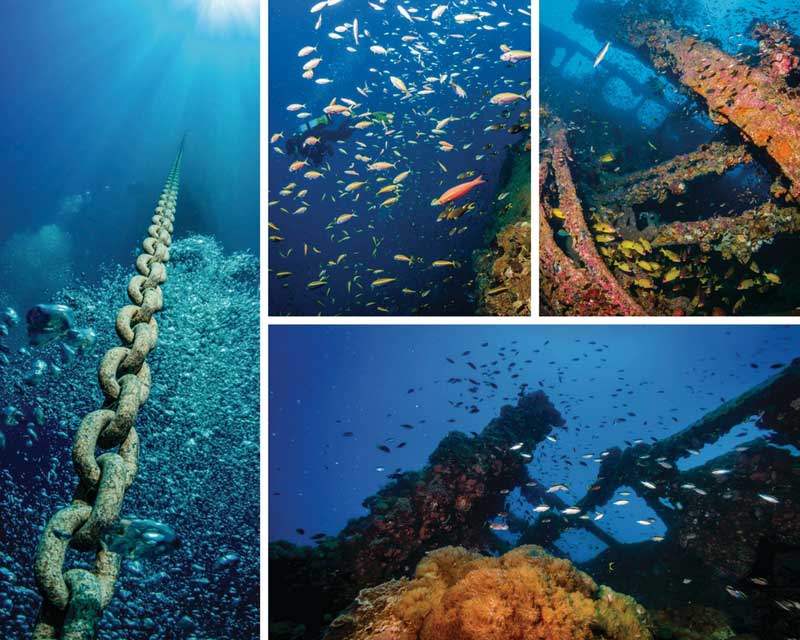
Yongala Wreck
Found in 1947 by the Royal Australian Navy, the S.S Yongala is now a protected zone and an underwater museum in the beautiful World Heritage-listed Great Barrier Reef Marine Park.
It is home to a variety of marine life including fish, soft and hard coral which have colonised its skeletal remains.
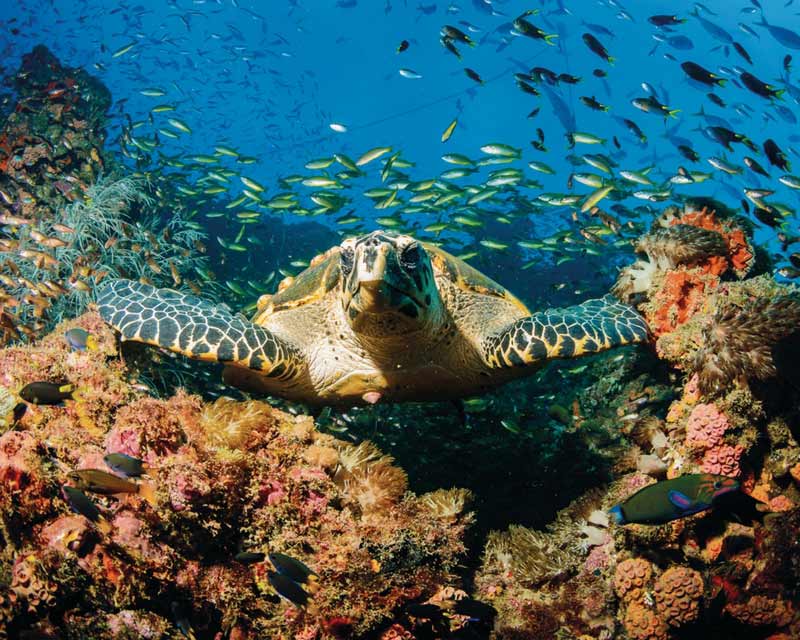
Shifting sands due to year-round strong and constant currents vary the appearance of the remaining relics, hull and decks of the SS Yongala.
As a resting place for 122 souls, it is considered a bucket list dive for advanced and experienced open water divers.
Yongala Dive
Due to its daily changing nature, the SS Yongala wreck can be dived repeatedly with unique experiences on each occasion.
The wreck is accessed from Ayr by a 30-minute boat ride or as a full-day dive tour from Townsville or Magnetic Island.
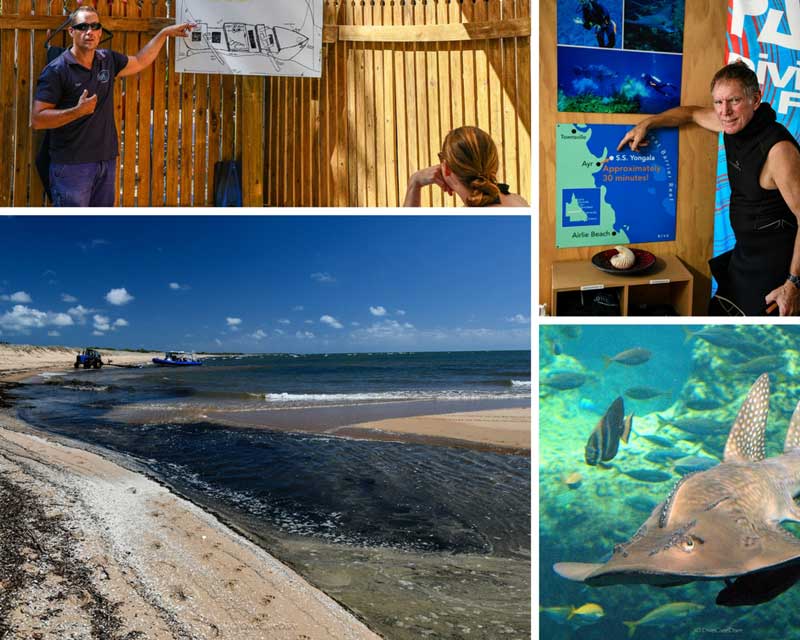
It lies on its side on the seabed between 14 to 28m deep and is best dived at the turn of the tide in good sea conditions to minimise effects of the current. It is a bow-to-stern, or stern-to-bow dive, depending on the current.
Yongala Dive Experience Q&A
Diving naturalist, PADI Scuba Diving Instructor and AWARE shark conservation specialist Tony Isaacson recently experienced the SS Yongala for the first time. He went with Yongala Dive, out of Ayr at Alva Beach.
With 40 years of extensive diving around the world on reefs and wrecks, as well as specialising in shark diving and underwater videography, here’s what he found:
Why did you want to dive the SS Yongala?
The SS Yongala is one of the top-rated dives in the world and certainly in the top five for Australia.
Some would say it’s the best wreck dive in Australia and I was curious to compare it with the HMAS Brisbane.
The Brisbane is on my home turf in Mooloolaba, and is 30m longer and not as broken down as the Yongala which is more exposed to storm events.
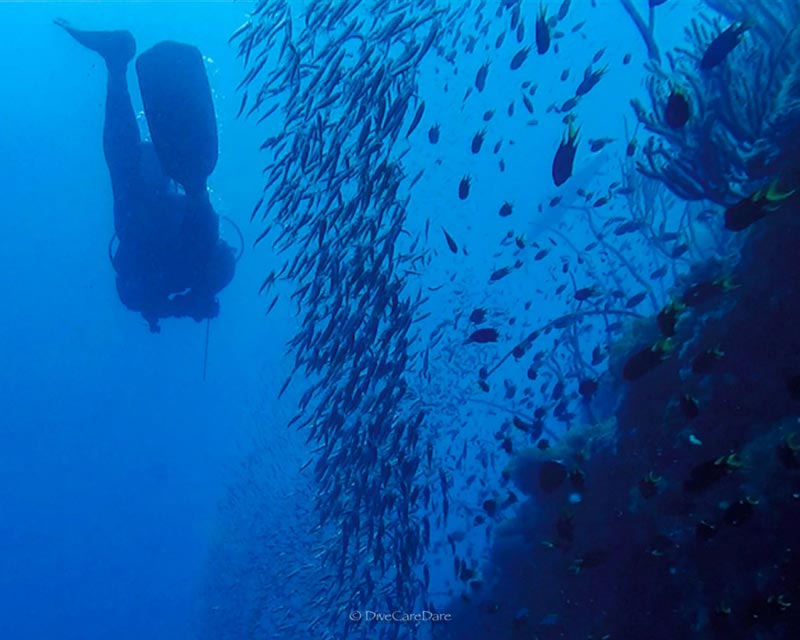
What were your thoughts as you descended down to the wreck?
I had very high expectations as after many wreck dives on the Sunshine Coast, I have come to expect the unexpected.
The Yongala is known to have manta, bull sharks, whale sharks and some of the largest marine life such as the largest groper ever seen.
Our dive guide had a very rare recent sighting of a bow nosed shark ray (bowmouth guitarfish)’.
How did you find the current?
We were lucky as we approached on the top of the tide with virtually no current. But one of the reasons why the biodiversity on the Yongala shipwreck is so high is because of its location.
It is an isolated site, on a flat seabed or desert of sand, exposed to very strong currents.
Whilst this can be problematic for divers on many days of the year, it is a natural attraction for marine life’.
How was the visibility?
Our visibility was good for the time of the year (October), between 15 to 25 metres. Whilst the wreck is at 28 metres, it is a dive easily done at 14 to 20 metres.
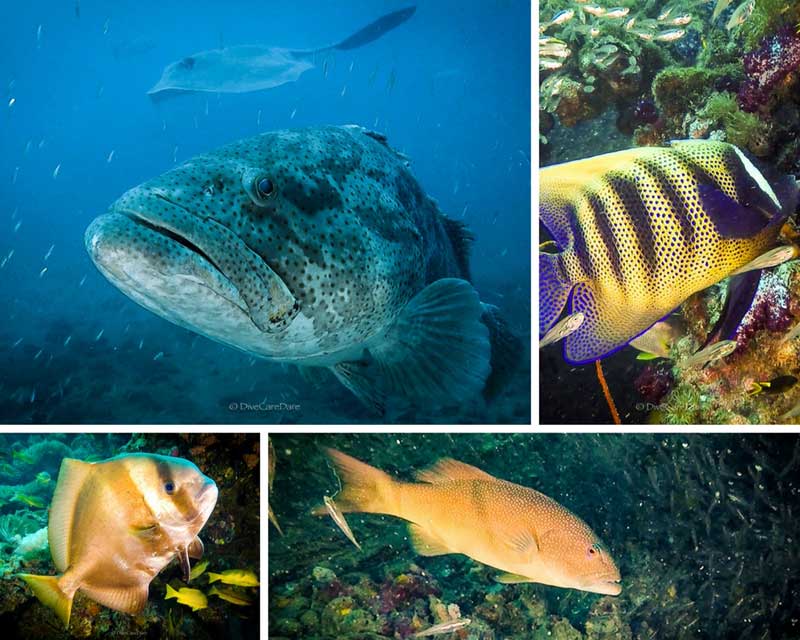
What condition was the Yongala wreck in?
The wreck is starting to collapse on itself as it is thrown around by storm events.
The 285km/hr tropical cyclone Yasi in January 2011 cleaned and even polished the rivets on the side of the ship facing the surface.
It is also prohibited for any diver to penetrate or interfere with the ship in any way.
The expired gas from scuba divers contains carbon dioxide which converts to carbonic acid.
This accelerates the rusting process and as such, divers are even under instruction not to allow their bubbles contact the metal structure’.
What makes the SS Yongala so special?
The Yongala, HMAS Brisbane and Lady Elliot Island have something in common. Because they are isolated on a desert of sand, they are an absolute magnet for sea life.
So if there is anything large or small, planktonic or benthic, it is going to be there.
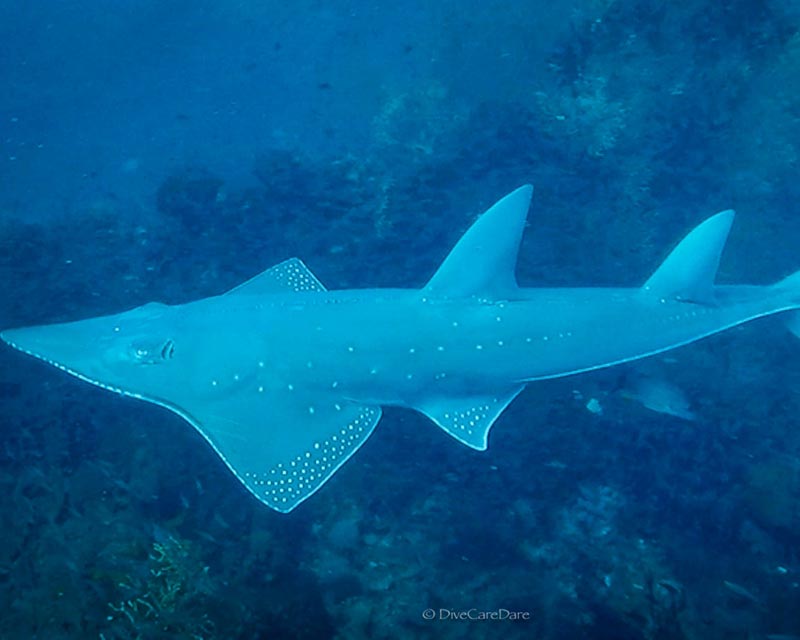
How does SS Yongala compare with other wreck dives?
It more than favourably compares with the HMAS Brisbane.
Although the Brisbane gets better each year by its colonisation by sea life, the Yongala far exceeds it in terms of biodiversity and biomass.
What was the highlight of your Yongala dive?
Visually, a big feature was a shroud of small silver fish blanketing the entire reef.
To see large predators on the wreck, you have to penetrate this cloud of different fish species.
Also, there is a lot of soft and hard coral, including gorgonians, as well as fish from both tropics and temperate zones.
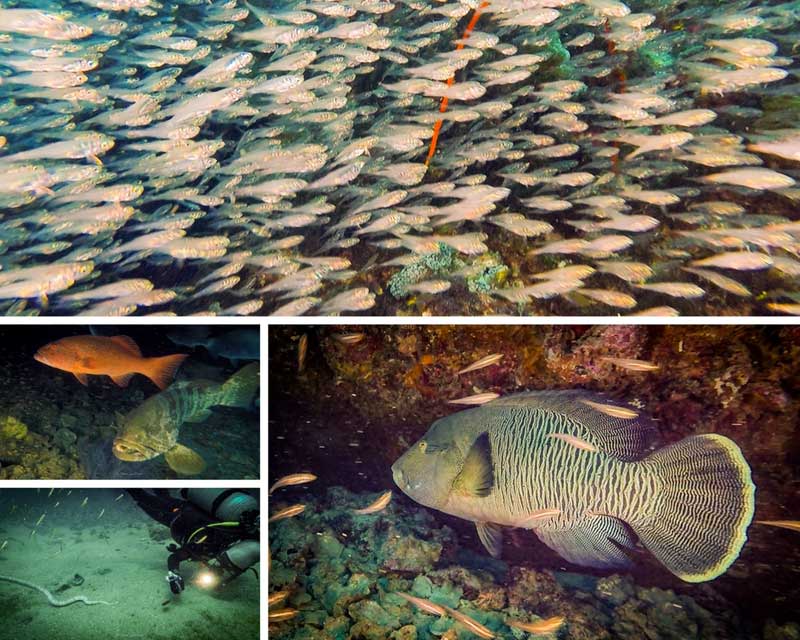
Would you recommend others to dive the Yongala?
It is an absolute bucket-lister.
Even if you are not a deep-water rated diver and cannot go to the seafloor, you can do it at 12 to 14 metres as a comfortable and very visual dive.
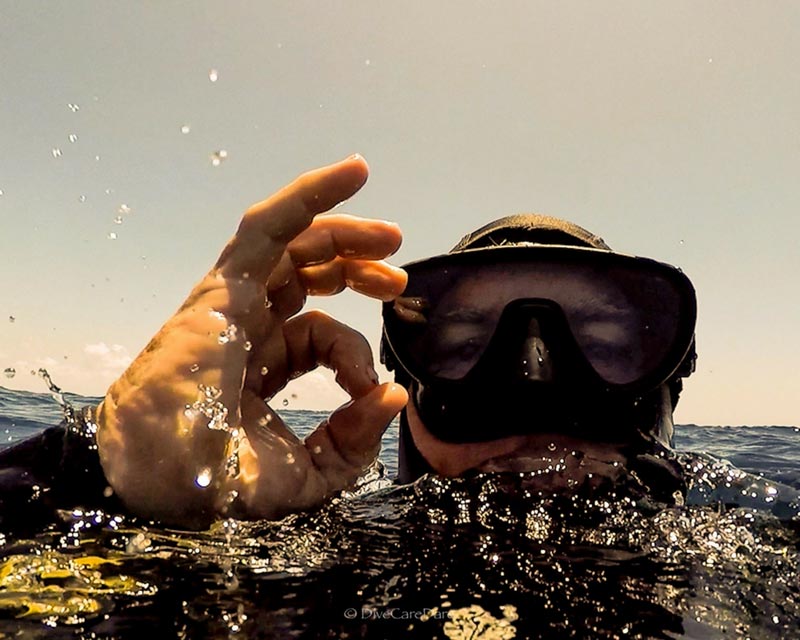
Would you dive the S.S. Yongala again?
In a heartbeat! If I could be there for a week I would know that I would see it under different circumstances each dive.
Tony Isaacson dived the SS Yongala with the assistance of Tourism and Events Queensland.
For more things to do in Queensland, read:
- 50 Things To Do In Queensland
- 50 Things To Do In Brisbane
- 50 Things To Do On The Sunshine Coast
- 30 Things To Do In Cairns
- 27 Things To Do In Noosa
- 20 Things To Do In Townsville
- 20 Things To Do On The Gold Coast
- 12 Things To Do In Maryborough
- 20 Things To Do In Ipswich
- 20 Things To Do In Hamilton Island
- 12 Things To Do In Maleny
- 12 Things To Do On The Atherton Tablelands
- 12 Things To Do On Magnetic Island
- 12 Things To Do In Agnes Waters
- 10 Things To Do In Charters Towers
- 10 Things To Do In Mackay
- 10 Things To Do In Hervey Bay
- 10 Things To Do On Heron Island
- 31 Things To Do In Stanthorpe
- 20 Things To Do In Rockhampton
So there you have it. If you haven’t done it yet, do it. And if you have done it, just do it again. Dive into history, this experience awaits you.
Another interesting place near Cairns is Paronella Park. Find out more here.
When planning your trip to northern Queensland, make sure you don’t miss the Kuranda Scenic Railway experience.
Plan Your Trip

Rent A Car – Find the best car rental rates at Discover Cars. They compare car hire companies to provide you with the best deal right now.

Find A Hotel – If you’re curious about this article and are looking for somewhere to stay, take a look at these amazing hotels.
